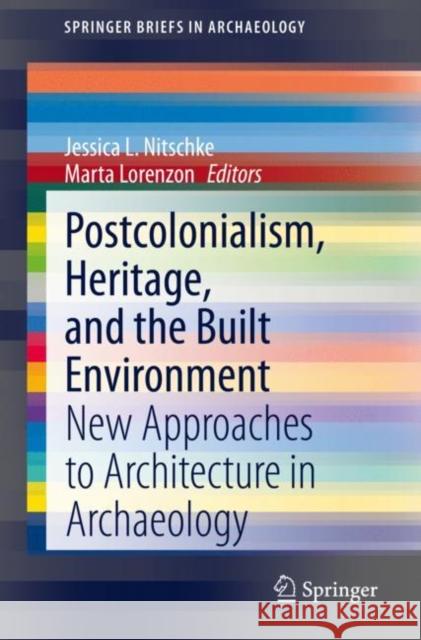Postcolonialism, Heritage, and the Built Environment: New Approaches to Architecture in Archaeology » książka
topmenu
Postcolonialism, Heritage, and the Built Environment: New Approaches to Architecture in Archaeology
ISBN-13: 9783030608576 / Angielski / Miękka / 2021 / 141 str.
Postcolonialism, Heritage, and the Built Environment: New Approaches to Architecture in Archaeology
ISBN-13: 9783030608576 / Angielski / Miękka / 2021 / 141 str.
cena 261,63
(netto: 249,17 VAT: 5%)
Najniższa cena z 30 dni: 250,57
(netto: 249,17 VAT: 5%)
Najniższa cena z 30 dni: 250,57
Termin realizacji zamówienia:
ok. 22 dni roboczych
Dostawa w 2026 r.
ok. 22 dni roboczych
Dostawa w 2026 r.
Darmowa dostawa!
Kategorie BISAC:
Wydawca:
Springer
Seria wydawnicza:
Język:
Angielski
ISBN-13:
9783030608576
Rok wydania:
2021
Wydanie:
2020
Numer serii:
000451801
Ilość stron:
141
Waga:
0.23 kg
Wymiary:
23.37 x 19.56 x 0.51
Oprawa:
Miękka
Wolumenów:
01











